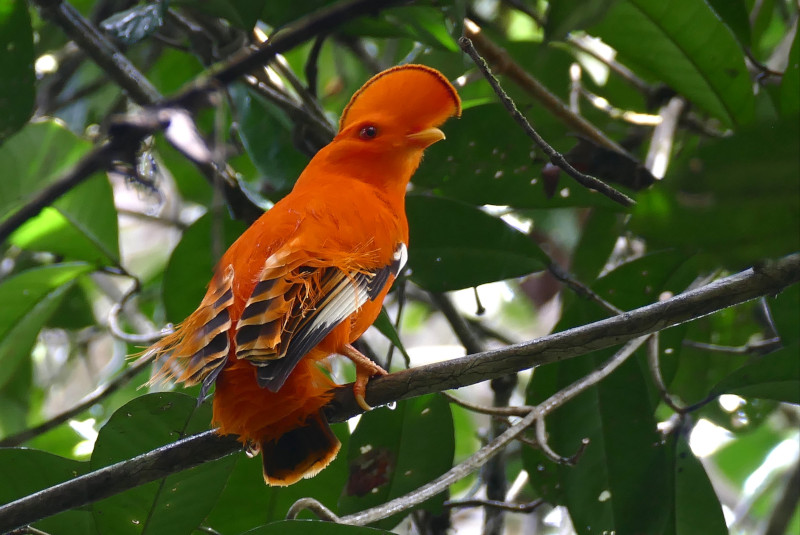
Guinan cock-of-the-rock Facts
- The informative term of Guinan cock-of-the-rock serves as the most frequently used common name for this avian marvel. It does hold at least one other general title, though. That’s the less used, yet very similar, term of Andean cock-of-the-rock.
- Within the scientific community, though, the animal is typically much more often referred to by its formal name. Thankfully, that’s a comparatively simple term, and even a mildly poetic one, for the layperson to pronounce. That’s the title Rupicola rupicola.
- It received that distinctive appellation due to the efforts of the highly esteemed Swedish botanist and zoologist, Carl Linnaeus. He accomplished the first official recognition of it as a separate and distinct species. That noteworthy event occurred in 1766.
- This astonishing bird also stands out from other avians in yet another manner. That’s because this particular species represents one of only two in its entire genus. Both unusual names reflect the nesting habits of the remarkable bird.
- Pleasantly, the incredible Guinan cock-of-the-rock appears to have a relatively stable population base. That also seems to hold true throughout its natural range. Therefore, the IUCN presently lists the remarkable bird on its Red List as Least Concern.
- Nevertheless, like many other species, the magnificent songbird faces several possible threats to its continued existence. Most of these stem from the actions of humans. They include habitat loss and the potential threat of climate change in the near future.
Related Articles
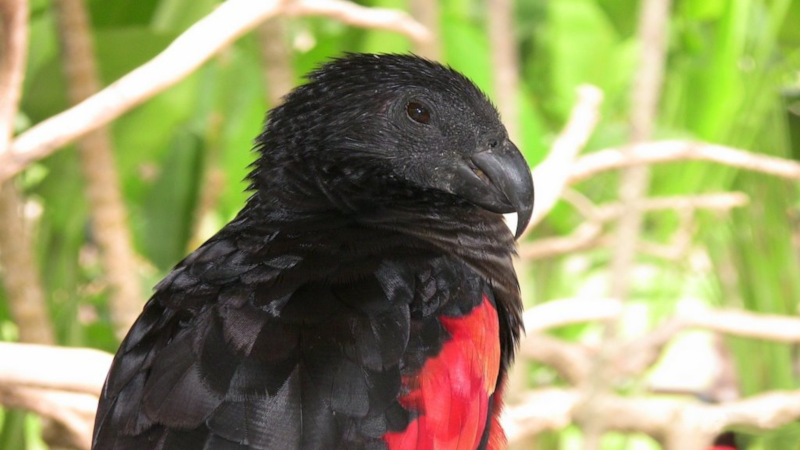


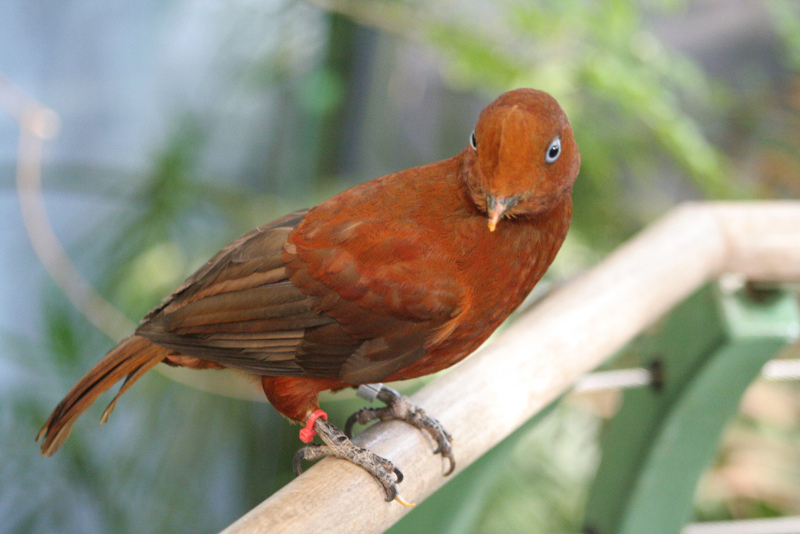
Guinan cock-of-the-rock Physical Description
The remarkable bird known commonly as the Guinan cock-of-the-rock immediately captivates those who encounter it. It principally does so due to its unique appearance, however. That’s true since it represents a roughly average-sized variety of songbird.
In that particular regard the intriguing creature follows a pattern common to its kind. Much like a great many species of avian, this marvelous animal displays a moderate degree of the physiological characteristic known as sexual dimorphism.
In the case of this specific species, however, that trait presents itself in two different fashions. The females of the fascinating species attains a slightly larger overall size than their male counterparts. This gender attains an average length of roughly 12 in (30 cm).
The males of the species typically remain slightly smaller. They also differ from the females in terms of color patterns. The larger, half-moon crest of the male displays a bright orange color. By contrast, the crest of the female remains a dark brownish-gray in color.
In fact, she typically presents that color over the entire body. But the male has an orange body, a black-tipped tail, and black, white, and orange wings. In all other ways, though, both genders of the amazing Guinan cock-of-the-rock appear quite similar.
As is clearly visible, the general body shape of both genders develops as comparatively stocky in form. Augmenting the visual distinctiveness, both sexes possess bright orange colored legs and skin. Not stopping there, both genders possess an orange iris in the eyes.
- Kingdom: Animalia
- Phylum: Chordata
- Class: Aves
- Order: Passeriformes
- Family: Cotingidae
- Genus: Rupicola
- Species: R. rupicola
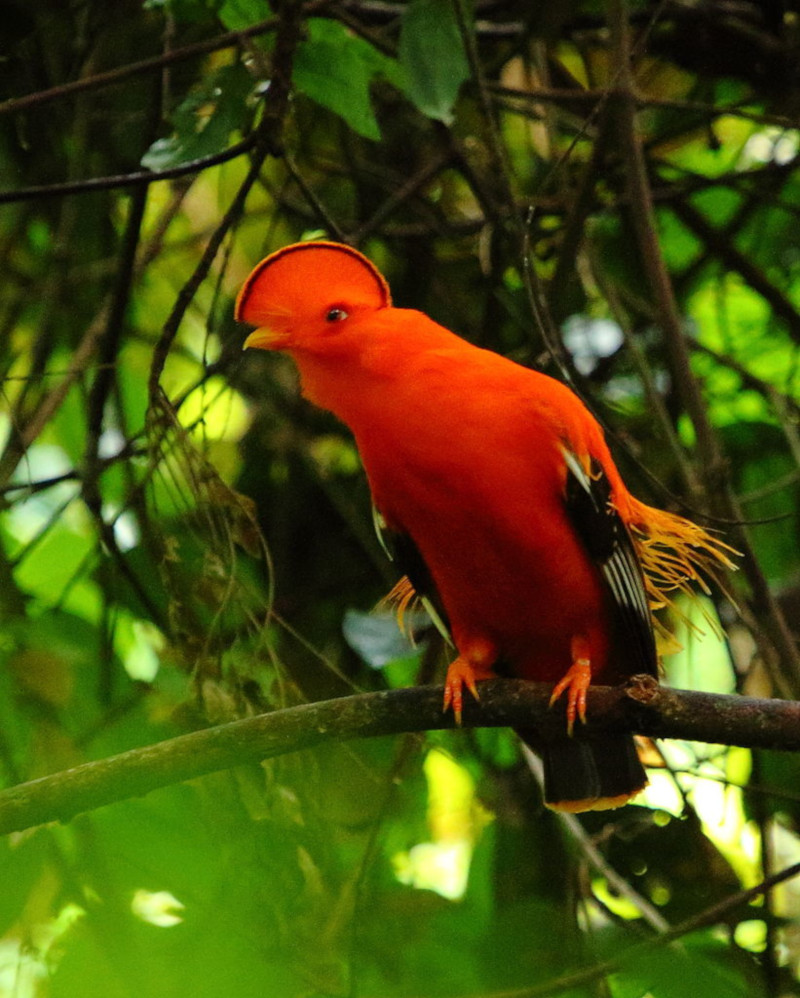
Guinan cock-of-the-rock Distribution, Habitat, and Ecology
Most regrettably, the Guinan cock-of-the-rock evolved as endemic to an extremely small portion of the globe. The general area in which it appears is well known for its abundance of amazing flora and fauna. That region thus likely won’t surprise many of our readers.
The very name of the beautiful animal provides a clear indication of where it makes its home, though. That’s because the animal lives in a region known to scientists as the Guinan Shield. This represents a geological section of the continent of South America.
This magnificent bird inhabits an area that includes the countries of Suriname, French Guiana, Guyana, Venezuela, Colombia, and part of Brazil. Within that comparatively large habitat range, the amazing creature has decided preferences for its choice of habitat.
In fact, these rank as extremely specific, and therefore limiting. It mainly appears in very humid forests. The bird also requires the presence of numerous rocky outcroppings. Even within these, it only lives in such areas at altitudes between 980 – 6,560 ft (300 – 2,00 m).
Again distinguishing itself from similar species, this marvelous avian prefers to make its nests in rocky regions, instead of in trees. From there, it breeds early in the year, following which the female lays 1 -2 eggs. These typically require 27 – 28 days on incubation.
Mature adult specimens of the astounding Guinan cock-of-the-rock have a diet consisting primarily of fruit. This also follows a pattern common to its related species. The remainder of its diet consists of various insects, frogs, snakes, and lizards.
Species Sharing Its Range

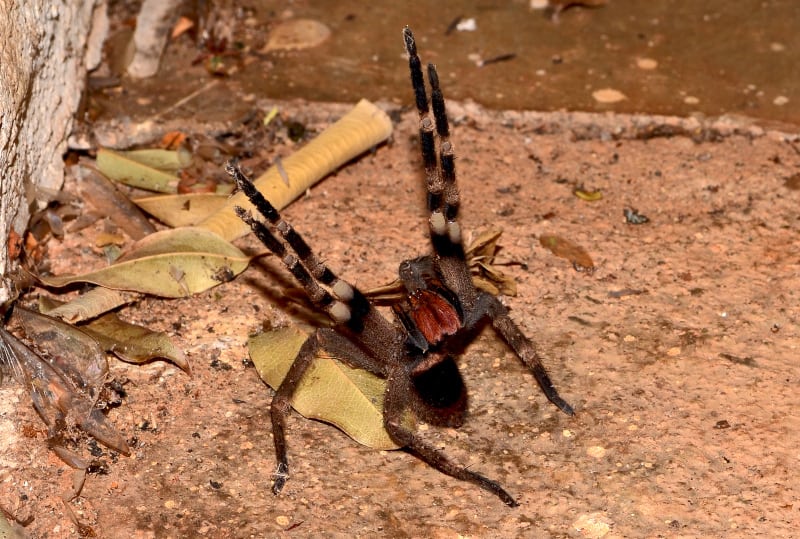
Brazilian Wandering Spider

Check out our other articles on 5 Stunning Asian Lepidoptera, Giants Causeway, Saint Francis’ Satyr Butterfly, Coral Pink Sand Dune Beetle, Black Footed Cat, Green Iguana









It would be nice to have a picture of the female, sincethere is a description of her.
Lovely article apart from that, thankyou.
Hello Eilidh,
Thank you for the kind words, as well as the astute observation. At the time of the writing of the article, there were no images of the female available that met proper attribution requirements. Pursuant to your message, we checked, and found one that has become available since its creation. We have now added an image of a female to the article.
Thank you very much for your input.
Sincerely,
OBP